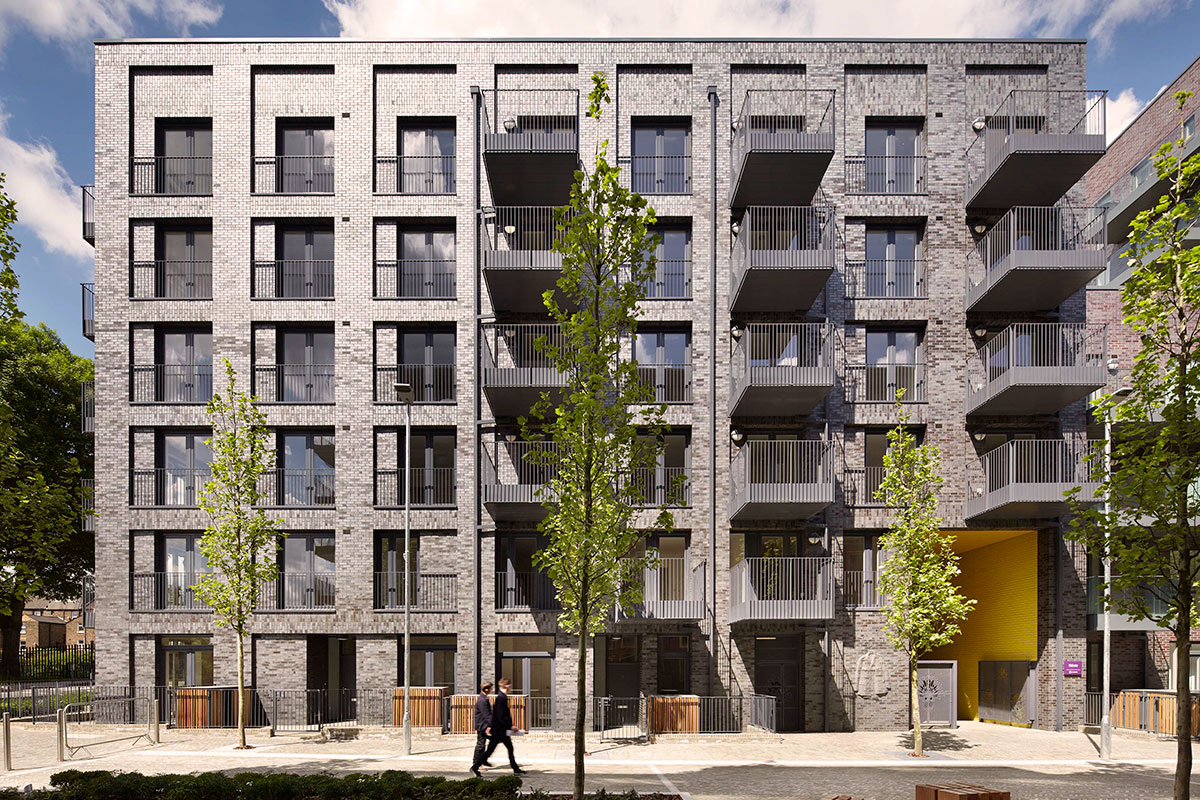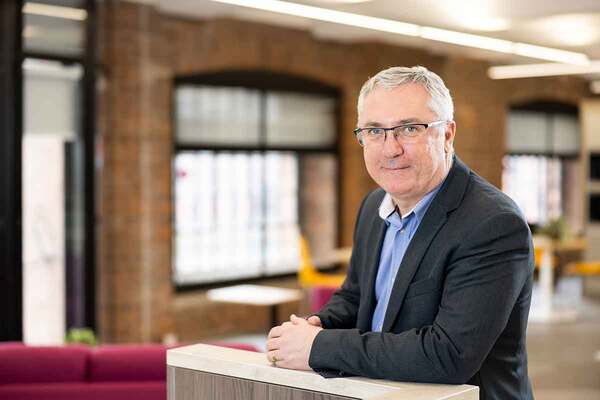How to keep community at the heart of regeneration
Inside Housing hears from Clare Harrigan, director of development at Beyond Housing, who explains why regeneration should be about creating a place where communities can thrive, and we look at a case study which puts this mantra into practice

In association with:

Regeneration holds immense potential. However, navigating the path to success can be a complex dance. At Beyond Housing, we understand these intricacies first hand. As we near completion of our project at Church Lane North in Grangetown, North Yorkshire, it serves as a powerful case study highlighting the challenges, lessons and triumphs this type of project can deliver.
More than 20 years in the making, one of the biggest challenges was funding. With government funding focused heavily on new build homes, there is little in the pot for regeneration. While new builds are needed, existing homes and neighbourhoods also need investment to avoid creating a two-tier system within social housing. Many estates require significant upgrades to meet modern standards of living and energy efficiency. Neglecting these areas can exacerbate issues that already disproportionately affect social housing tenants today, such as fuel poverty and damp.
A priority from the outset of this project was that the regeneration should retain the existing strong community. Displacing residents can disrupt established social networks and the strong sense of community that often exists in social housing estates. We wanted residents to benefit from the long-term social and economic advantages of successful regeneration, such as reduced crime rates, improved health outcomes, increased employment opportunities, and a more attractive environment. When residents can remain in their homes and participate in the regeneration process, they feel a sense of ownership over the improvements.
With the aim of creating a greater sense of pride and responsibility for the community, logistical complexities were inevitable. Church Lane North presented several challenges, particularly around navigating construction, while minimising disruption for residents. Continuous engagement and open communication proved instrumental in mitigating these hurdles – and for delivering a lasting positive impact on the community.
Church Lane North’s story is far from over, but the lessons learned thus far are invaluable. Regeneration is a marathon, not a sprint, and ultimately, successful regeneration isn’t about bricks and mortar, it’s about creating a place where communities can thrive – a philosophy that continues to guide our work.
Clare Harrigan, director of development, Beyond Housing
Church Lane North regeneration
Number of homes: 318
In 2018, 15,000-home association Beyond Housing began work on the regeneration of the 318-home Church Lane North Estate in Grangetown, North Yorkshire. As well as much-needed new homes and improvements, the £16m project’s aims are also rooted in the aspirations of the local community – in short, to create an estate of which residents can be proud.
To achieve this, Beyond Housing has taken a resident-focused approach. Inside Housing spoke to Ben Briggs, project manager at Beyond Housing, to find out how it is going, and what they have learned.
What prompted this project?
The estate needed Decent Homes investment work, but there have also been long-term issues with anti-social behaviour. We’ve had high levels of tenant turnover and there are a number of long-term voids. The properties are a mix of timber frame and brick and block work, which means they’re difficult to heat. Meanwhile, the layout of the estate isn’t suitable for modern-day living.
What approach did you take, and why?
The traditional approach for an estate of this size is to demolish and rebuild. We have done that ourselves on estates of a similar scale. But we were conscious that there was a real sense of community here, and we wanted to ensure that dynamic was preserved. So we decided to try to improve what was there.
What works have you carried out?
We have re-roofed all of our properties and added improved loft insulation. We’ve also installed rendered external wall insulation, which has vastly improved the appearance of the estate. Most of the homes didn’t have any private outside space; we have removed all the redundant communal outdoor areas by carving them up into gardens for residents.
£16m
Cost of the Church Lane North regeneration
2018
Year that work began on the project
How has the project benefited residents?
We wanted to ensure the community would thrive once the work was completed. We’ve got an employability team that has been working to help residents into full-time work or training. Our benefit advisors have been working in the community, helping to build people’s skills in areas like budget management. And we’ve got a community hub – essentially a converted house – in the middle of the estate. We are looking to work with a community group to ensure that resource is available permanently – somewhere that can be used to boost community involvement, healthy living and well-being.
We’ve taken out all the old open spaces that weren’t working and replaced them with three high-quality open spaces that we hope are going to be focal points for the community.
How did you approach resident engagement?
We brought residents on board from the start. So very early on, residents were invited into workshops with the architect and the design team to work through what the estate could look like, what we could and couldn’t do, and to be involved in key decisions. Given the wider social issues that have been going on in the estate, we wanted to foster a sense of community ownership; to make Church Lane North a place where people want to live, work and raise a family. We will do what we can to build up the community, but we want to ensure that the people living there can take up that mantle and move it forward themselves, rather than us dictating how things should be.
What has Beyond Housing learned from this project?
We are developing a blueprint based on what we’ve done here so that we can share what we have learned. The biggest lesson has probably been around how we have sequenced work. The approach we took was to run multiple work streams at once. In future, on schemes of this scale, we will probably complete all the works in one area before moving on. Otherwise you’re fighting on all fronts, and it’s a lot for residents to put up with
in terms of noise, mess and disruption.
Another big lesson was around utilities. It’s important to keep engaging with utility providers, as problems can arise as the work progresses – pipes or wires not being where they should, for example. Our ongoing dialogue with those providers turned out to be key.
Lastly, our board has been supportive of this scheme and made the brave decision to give this project the green light. There was no funding available for regeneration when we started this scheme, but the board was determined to make it happen because it is such a focus for us. So another lesson has been that sometimes you just have to bite the bullet.
Sign up for our asset management newsletter
Already have an account? Click here to manage your newsletters











